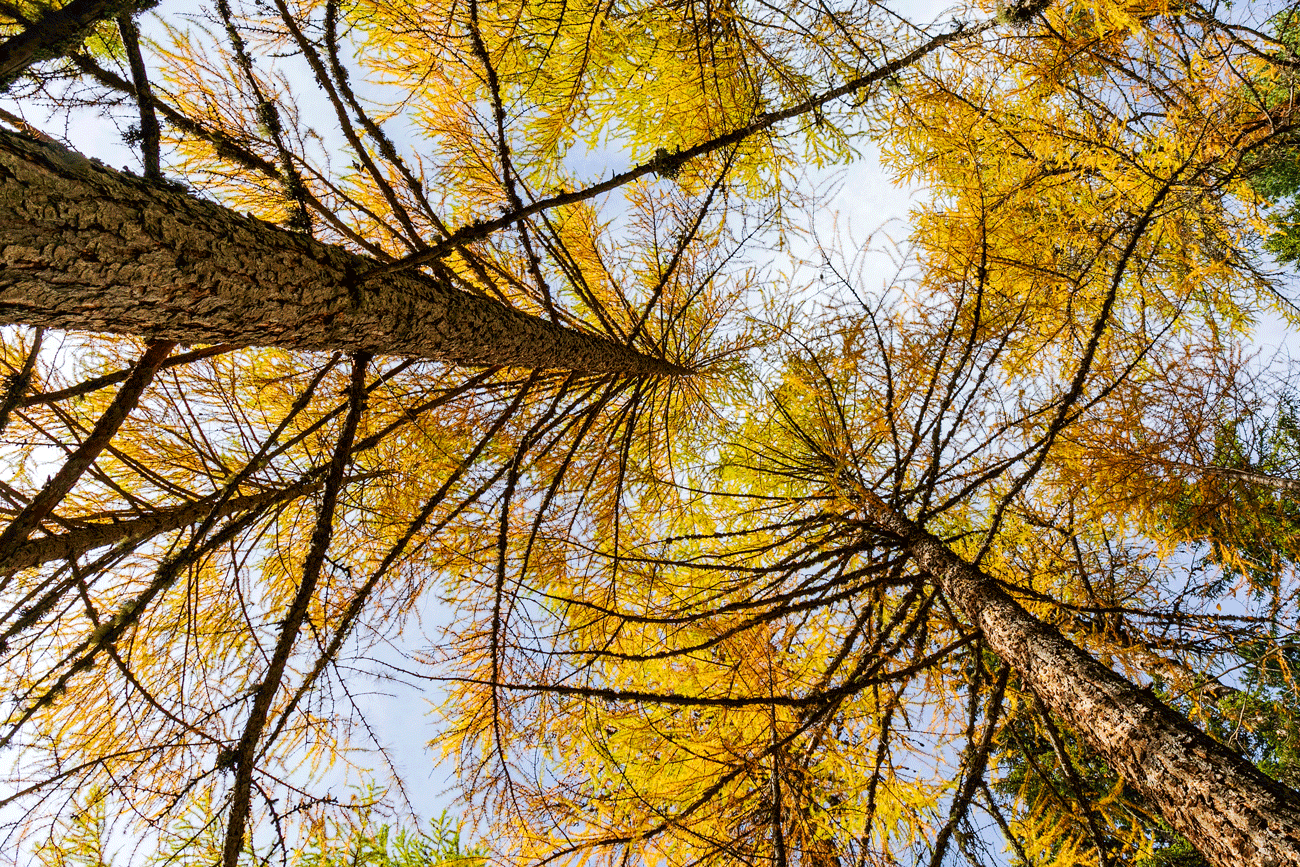
by Miki Marks
Somewhere along the Ewhurst to Cranleigh road in late autumn, I spotted a larch. The tree was a graceful shape and had turned a distinctive yellow bronze colour. Larix decidua, or the European Larch is unusual because it is a deciduous conifer. This makes larches softer and more feathery looking than most conifers. It was introduced to this country about 400 years ago and comes originally from the Alps and Carpathians. It was probably planted over here because it is fast growing and produces excellent, durable timber. It has a large cordate root system which makes it a very stable tree and excellent as a windbreak. The trees can grow to 40 meters and as they mature have thick pinky-brown furrowed bark. Pines are said to have ‘needles’ which are in fact narrow leaves, covered in a waxy coating and with reduced leaf surface the moisture loss is minimal.
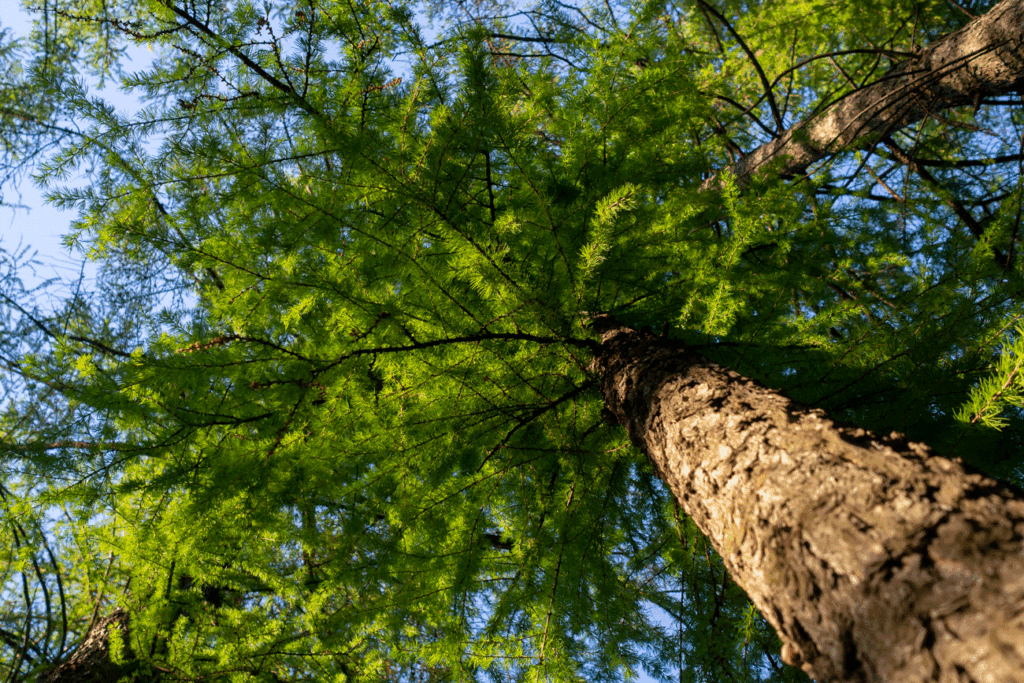
It was planted in huge swathes in Scotland and the north of England in the 1800 – and the Lakeland poet Wordsworth hated them. He considered that planting them ‘caused great injury to the appearance of the county’. He also was not keen on people whitewashing their stone cottages or the expansion of the railway, which was bringing all ‘manner of people’ up to the Lakes!
Larches prefer light soil, clean air and plenty of light. They were planted on The Hurtwood in areas cleared by fire or clear felled as an experiment. It was found that Scots Pine was more successful as a timber tree and now predominates.
At the end of March the larches flower – little pink tufts called ‘larch roses’ and the foliage is fresh and green.
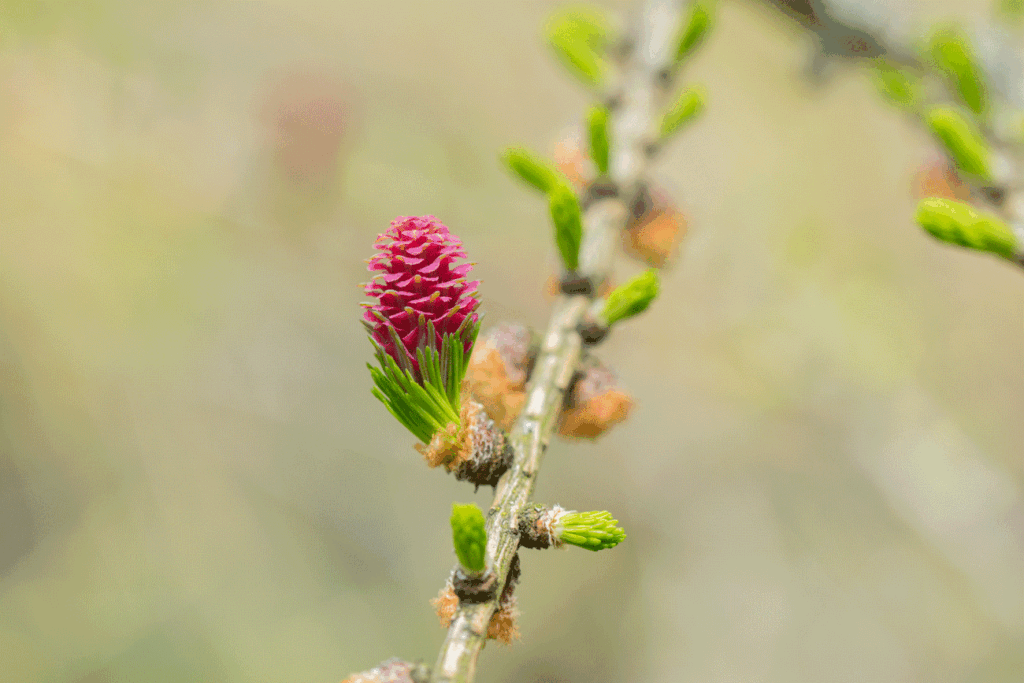
Green has always been my favourite colour. I never tire of all the different shades and just gazing on a patch of natural green has a calming and soothing effect on me. The author Nina Lyon in her fascinating book Uprooted explores the myths and traditions of the Green Man. She writes that greenness was always a symbol of attunement to nature and had no negative connotations. It seems that in Victorian times green became an ambiguous colour and the Penguin guide to the Superstitions of Britain says “Apart from black with its funereal association, green is the only colour which is consistently considered unlucky across the British Isles.” I remember a retired nurse from the Norfold and Norwich Hospital telling me that it was considered very unlucky to wear green clothes when visiting someone who was ill. It is puzzling why such a pleasing colour, and one associated with nature and living growth, could have acquired such negative connotations. One suggestion is that Nature was increasingly seen as alien and threatening. The expressions on the faces of Green Man carvings are often ambiguous. There has now been a change again, with the increasing destruction and scarcity of green spaces. ‘Greening’ has become all the rage. We now even have the term ‘green-washing’ to describe firms and organisations which jump on the eco bandwagon and falsely claim green credentials.
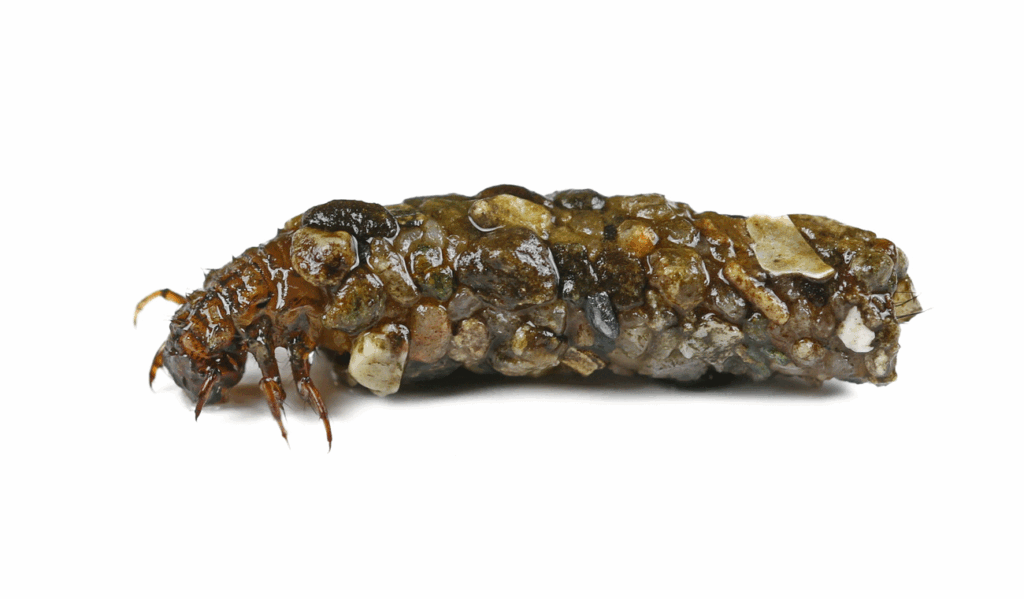
I lifted the lid of one of my compost bins and was delighted to see the swarming insect life. They play an important part in breaking down organic material and if it wasn’t for insects we would be knee-deep in organic detritus.
Insects are a major part of the food chain and they are almost universally preyed upon. To survive, some have developed the most interesting forms of defensive camouflage. Good examples are butterflies and moths which in shape and colouring can blend with the background. Other insects masquerade as leaves and twigs. Caddis fly larvae make the most interesting protective cases out of stones, twigs or plant matter which they cement together by silk.
Many insects ‘play-act’ by pretending to be dead. The turnip moth caterpillar and certain beetles will lie on the ground and withdraw their legs and antennae so that they look like empty snail shells, or stones or lumps of earth.
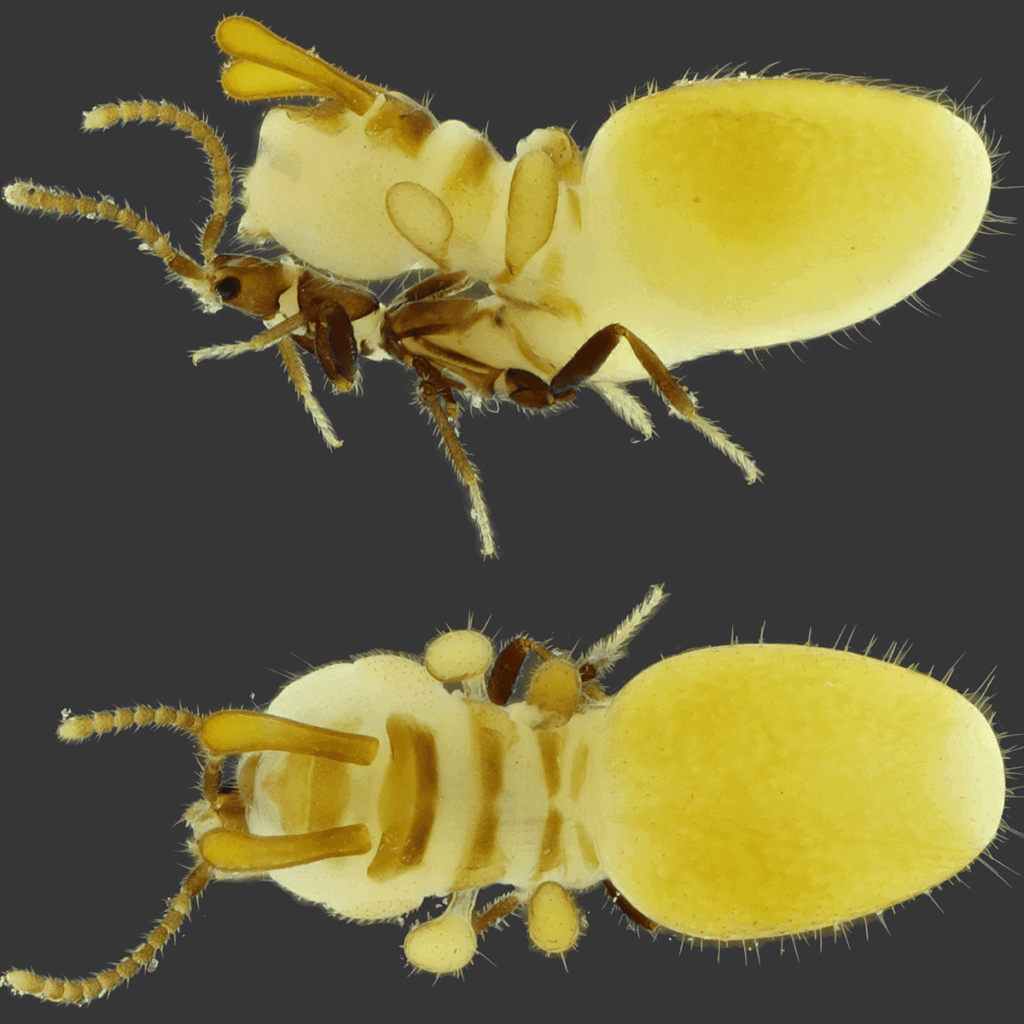
The most fascinating example of insect disguise is the recently discovered Rove beetle in Australia’ Northern Territory. Science magazine reports that this beetle has enlarged and reshaped its abdomen to create a fake termite complete with legs, heads and segmented body – which sits on the beetle’s back. All that then can be seen is the head of the proper beetle peering out. The reason for this extraordinary example of evolutionary trickery is that the beetle has found a way to get a free meal. Termites are blind and are fooled by the false termite on the beetle’s back – and will happily feed it. Nature’s ingenuity is truly marvellous.
As Cranleigh continues to lose green sites to development, the ones that we do have, like Beryl Harvey Conservation fields become more valuable. Volunteers are needed. Please see below for contact details.











